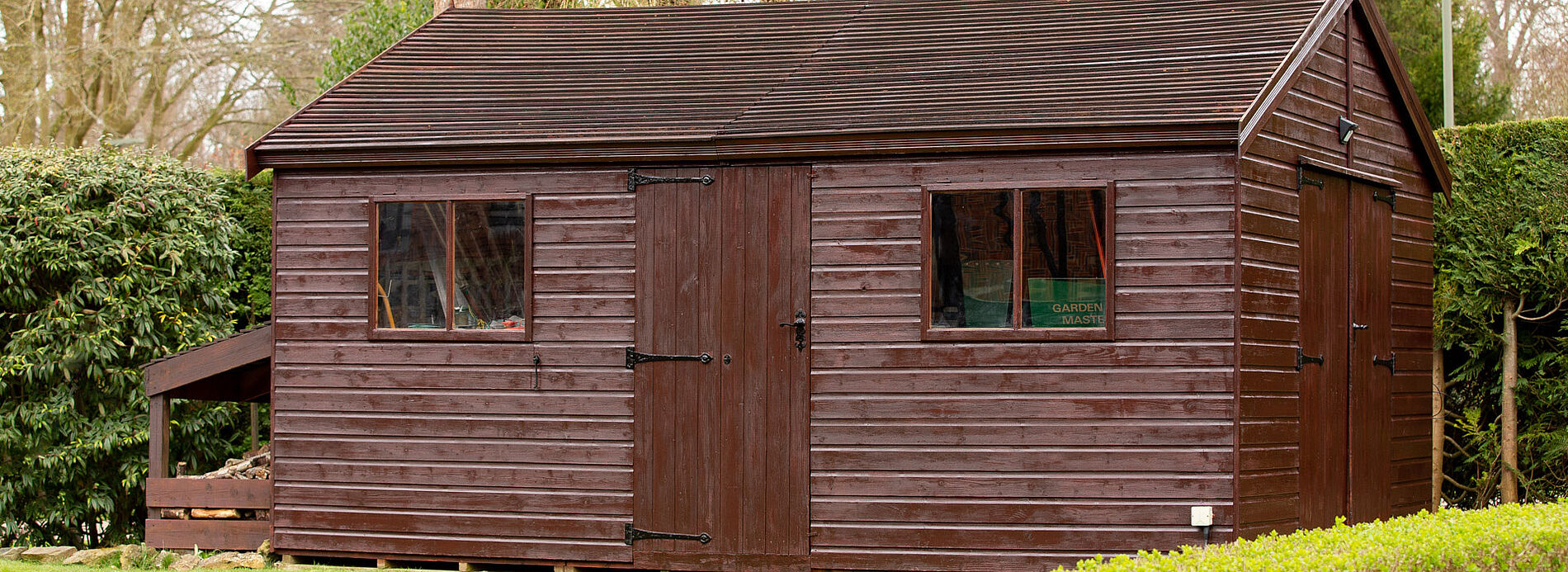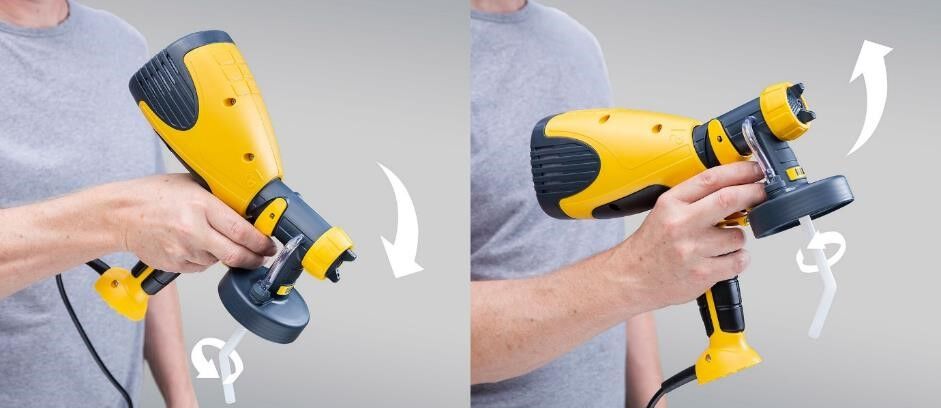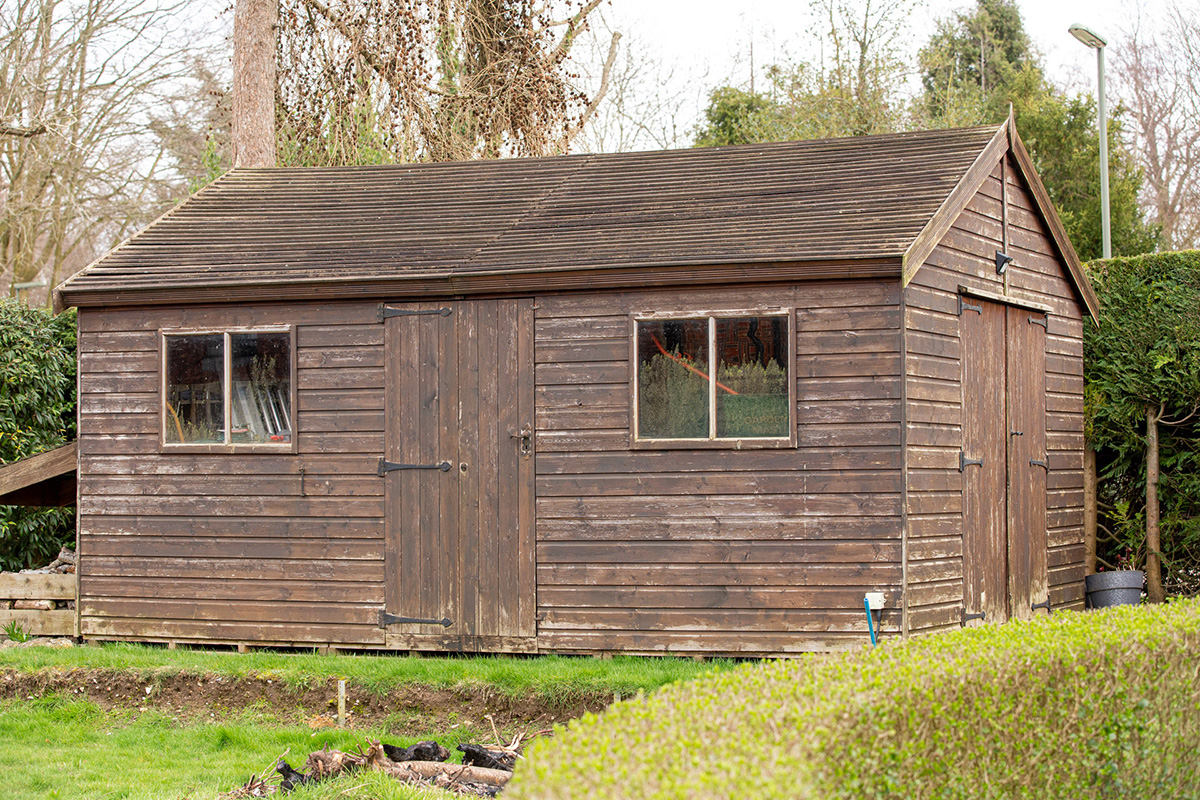Painting a shed - this is how it's done!
Garden sheds come in a wide variety of colours and shapes and they are a useful addition to your garden. Whether simply to store tools and garden furniture or as a summer house which is a second living room for relaxing on summer evenings or a playhouse for the children. They all have something in common, they are exposed to the weather all year round. This can lead to the wooden exterior fading over time, cracks forming or the paint peeling off. So that you can enjoy your shed, summer or play house for a long time to come, they should be well looked after - so give them a new coat of paint regularly. This not only gives them a new shine, but also provides the necessary surface protection for the wood.









